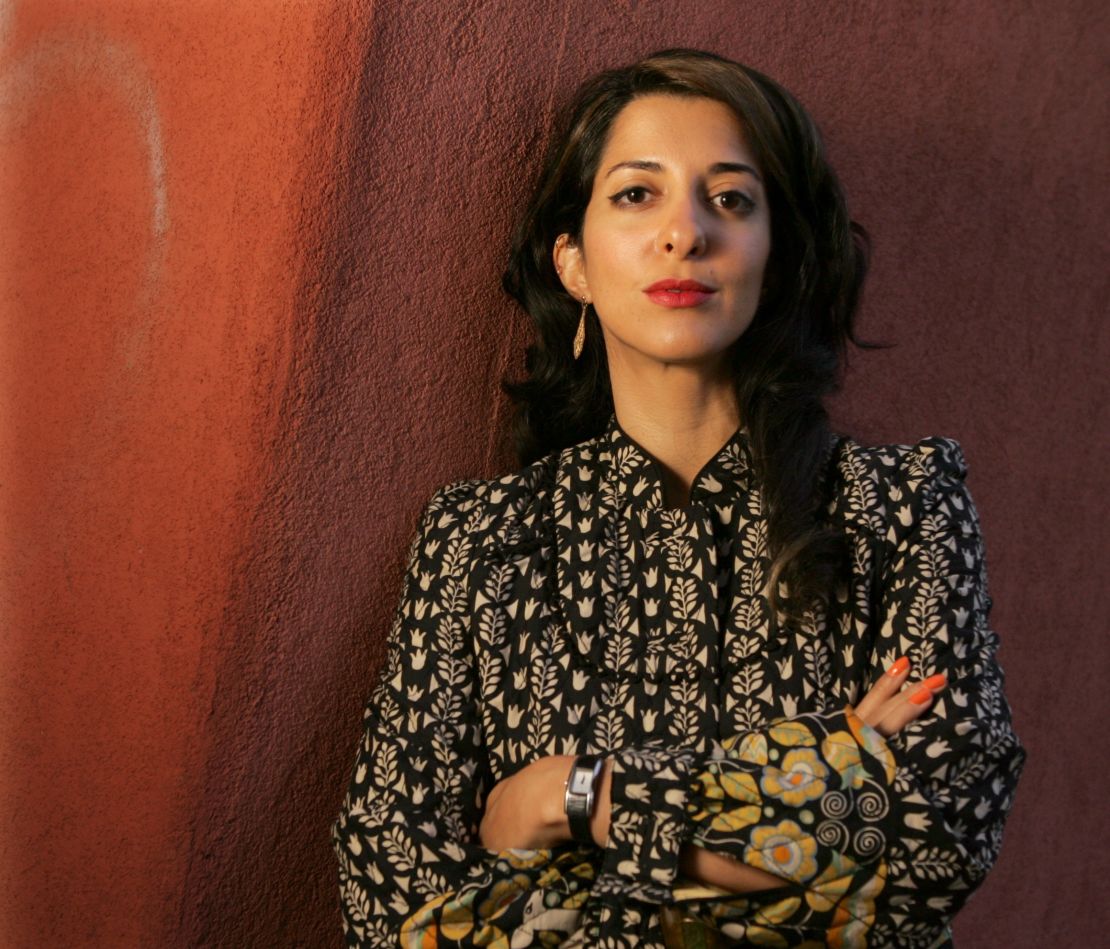Editor’s Note: Porochista Khakpour, a writer, is the author of the novel, “Sons and Other Flammable Objects” (Grove/Atlantic).
Story highlights
HBO's new series, "Girls," is premiering on Sunday
Porochista Khakpour: The show may seems too downtown NYC and insider
But the show's aesthetic realism makes it appealing
Khakpour: "Girls" is not perfect and that's part of the beauty
I was in college when “Sex and the City” first premiered. Much to my chagrin, in my resolutely artsy college nobody was willing to have their dorm room harbor that object of common people — the television — so it took some time until I saw it.
When I ducked into the real world in 2000, I watched it at the prompting of a boyfriend, the first of several obsessed with it. My reaction disappointed them: I could not for the life of me understand it.
For one thing, I could not get past certain surfaces: they were all so poofy, so adorned, so posh, so glittery and glossy. Their real heart and soul was buried under so many buzzy and blingy distractions: designer everything and $14-apple-martinis and man-chasing fiascos only women of a certain mindset and privilege could afford to drown in. They were like women in drag. They felt like women written by women reared on women as men saw women, not the women I knew. Maybe it was just a generational issue, though, I told myself.

Years later, as a creative writing professor in several liberal arts colleges, I again had that experience as my sorority girls came marching in. These women, born in the ’90s or awfully close, seemed thoroughly airbrushed inside and out, wrapped snugly in artificially tanned and manicured molds.
They were not the women I knew and my first instinct was to feel sorry for them; they didn’t know what dating and courtship was, they could not imagine a pre-Internet world or a time before electronic communication, and they learned about sex through online porn sites. And yet, they felt sorry for me. One student told me she could not imagine the life I had chosen, because I was in my 30s and single.
Their eyes were stuck on seeming prizes: earn money and be married and make babies pronto. I tried to rationalize that they were much younger than I during 9/11 and that this was typical. But it was hard not to see them purely as the perfect offspring of “Sex and the City.”
Behind all these women, I am sure there is somewhere a “Girls”-woman, either just lying dormant and in denial or hiding in a cold sweat.
What first hit home with HBO’s new series, “Girls,” is that it has a certain Gen X-ery to it. Its creator, writer and star, Lena Dunham – whom my millennial counterparts might accuse me of having a “girl-crush” on — has clearly been reared on the stuff of a half-generation before her. The show’s language, after all, is equal parts downtown-NYC and Internetese. Its biggest danger is not making sense to those outside that world.
The pilot will of course draw sighs and groans, something for some to file under “first-world problems” and dismiss. The premise is not for everyone, of course: a young writer gets cut off from her parents and spends meaningless hours with her various shades of hipster-NYCettes. It’s sometimes hard to know what’s local color and what’s product placement — Smart Water cameos juxtaposed with a brilliantly frayed “Sex and the City” poster. But one thing is clear: If you’re not an insider, then you’ll either have to approach it as an exercise in anthropological-insights-reaping or move on.
Because what is most delightful about “Girls” is not the premise, but rather, the smart writing and the surface details. Behold the spectacle of everyday pimples and bad tattoos and unshaven skin and some fat and really awkward sex — what you see in your real life but rarely mirrored back in any pop cultural depiction. The “ugly,” the “grit” and “dirt” give the show its aesthetic realism and provide a public service by being an antidote to The Hills and various other disturbingly surreal “reality” shows.
And so the world discovers the big secret, that we women are funny and smart and, without a ton of makeup and couture, we actually have appeal. One can’t help but ask, who helmed such a slow discovery? Not to out anyone, but we’ve been wisecracking, passive-aggressing, jabbing, jiving and looking tremendous in your crappy flannels and boxers for years.
After all, while at first the feminist in me was irked by the fact that it took a man to deliver a show like this to the masses–Judd Apatow, recent patron saint of complicated funny girls–I can now see this will do more for Apatow by being the one of best feathers in his cap yet.
“Girls” is not perfect and that’s part of the beauty. But it deserves the attention it has been getting because it’s going for the one way to survive the mess we’ve made of good loving and living in a world of economic adversity and electronic overstimulation: acknowledging the daunting hardship, but refusing to let it crush one’s spirit. It has all that true gooey angst of life but wrapped in the gold foil of good and sometimes even bad humor. Its true edge does not come from the vapidly quirky “mumblecore” branding it’s already being underestimated with. If you’re really paying attention, its edge comes from the simple presentation of raw vulnerability as the force of real strength in this world. Just the stuff of all the girls I know and love.
Follow us on Twitter @CNNOpinion
Join us on Facebook/CNNOpinion
The opinions expressed in this commentary are solely those of Porochista Khakpour.



